The best time to visit Ireland: a month-by-month guide
5 MINUTE READ
Ireland’s landscapes are alive with stories that speak of everything from myth and geology to ancient kingdoms and Atlantic weather fronts, so when is the best time to visit Ireland? How you’ll experience Ireland very much depends on when you go. Each season shines with its own charms. Here’s what to expect, from January to December.
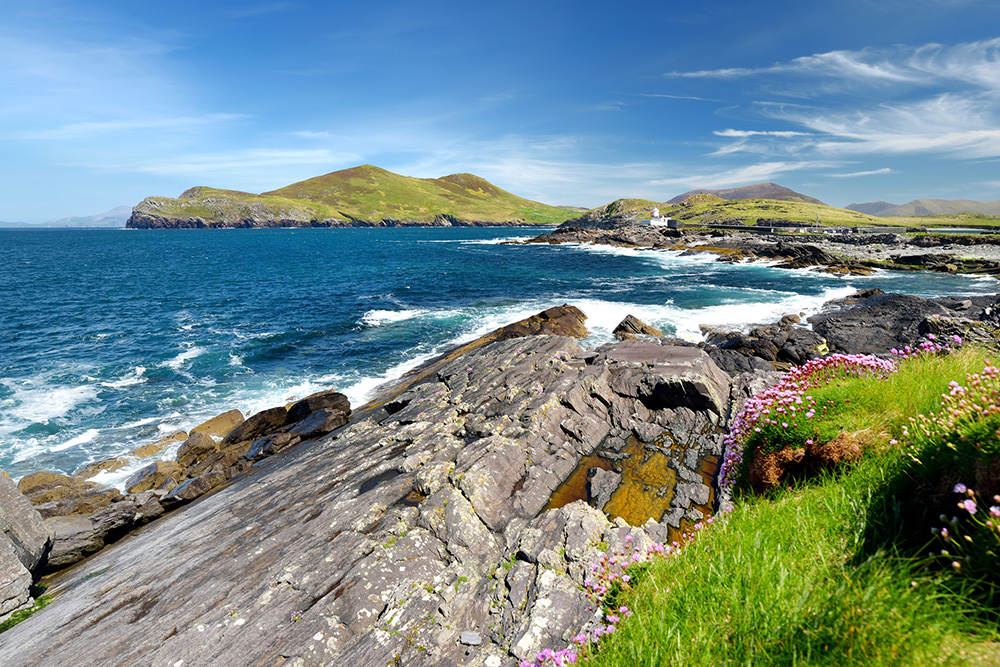
From spring’s vivid greens to autumn’s golden light, Ireland reveals different charms throughout the year. At GeoCultura, we think May, July and September hit the sweet spot. That’s when our Ireland small group tours run, their timings chosen to show off the country at its most affecting.
Read on for a month-by-month guide to the best time to visit Ireland so you can plan your Irish adventure – whether it’s a lively summer ramble, a windswept coastal walk or a scholarly deep-dive into the island’s geology and culture.
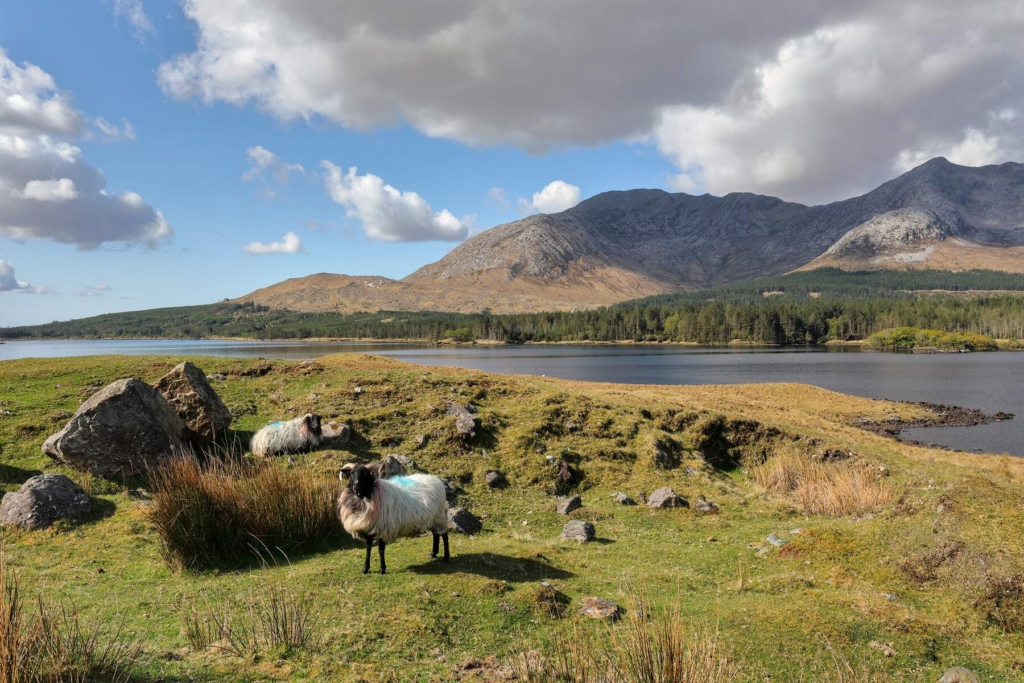
Connemara, Co Galway
Ireland in spring (March, April, May): the country awakens
Spring in Ireland is a gentle revolution. Gardens burst into colour, hedgerows bloom and the days stretch out just enough for early evening strolls.
March can be brisk, with the odd flurry or storm, but look out for the signs of life beginning to emerge. There’s so much joy to be had from seeing lambs in the fields, daffodils on the verges and pubs full of cheer for St Patrick’s Day.
April sees blossom and birdsong take centre stage. The weather is a mixed bag – sunshine one minute, showers the next – but that’s all part of Ireland’s charm.
May is arguably the best time of year to visit Ireland. Expect long days, manageable crowds and landscapes so green they look almost unreal! This is when our West Ireland tour: Galway Bay & Cliffs of Moher begins – a carefully curated trip through The Burren’s lunar-like karst, the Aran Islands and the towering Cliffs of Moher.
Spring highlights:
- Wildflowers in the hedgerows and along coastal paths
- Traditional music sessions in full swing
- Clearer skies for exploring historic sites and geological gems
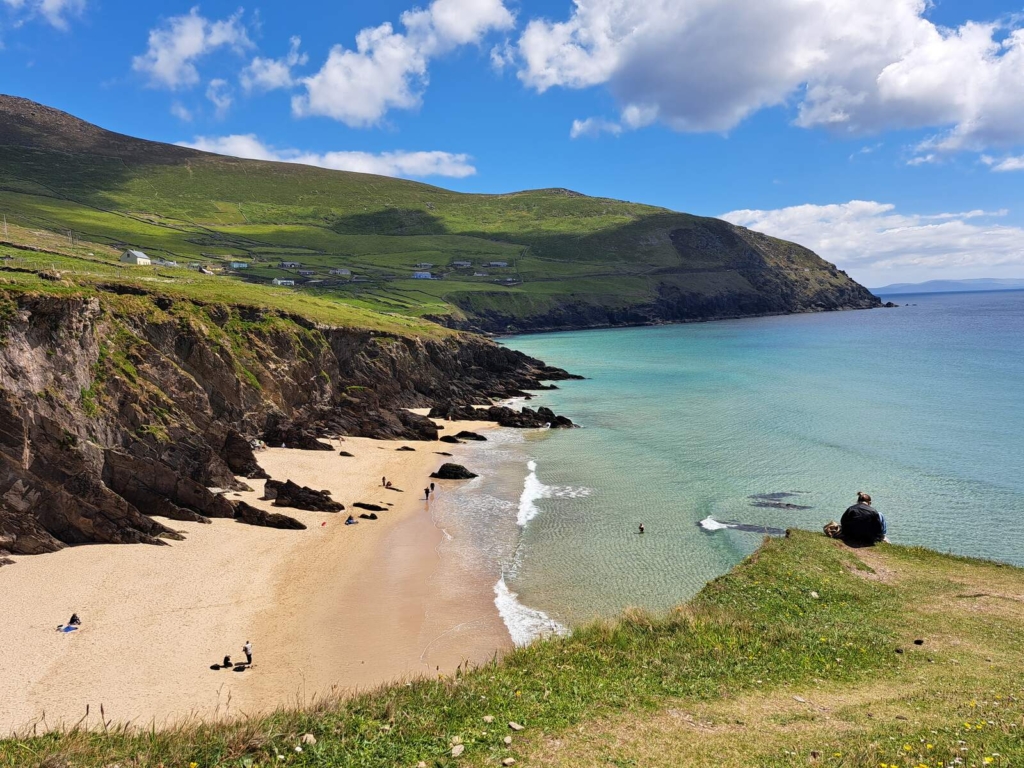
Slea Head Drive, Dingle Peninsula
Ireland in summer (June, July, August): the island in full voice
Ireland in summertime is a feast for the senses. Long daylight hours (think 17+ hours in June) mean you can pack a lot into each day, from hiking coastal trails to enjoying a pint while the sun sets after 10pm.
June is fresh and full of promise, with roses blooming in walled gardens and early summer warmth settling in.
July, when our Highlights of Ireland’s Wild Atlantic Way tour runs, is high season – with good reason. Festivals, wildlife sightings and nature in is full swing. It’s a joyous time to travel. Expect the buzz of summer with GeoCultura’s signature quiet corners and offbeat finds.
August brings the softening of summer, perfect for lazy days on the Dingle Peninsula or sunset walks along Galway Bay.
Summer highlights:
- Boat trips to islands where puffins nest (late April to early August) and folklore lives on
- Buzzing villages and seaside towns at their liveliest
- Long days that invite lingering conversations and extra slices of Irish apple cake
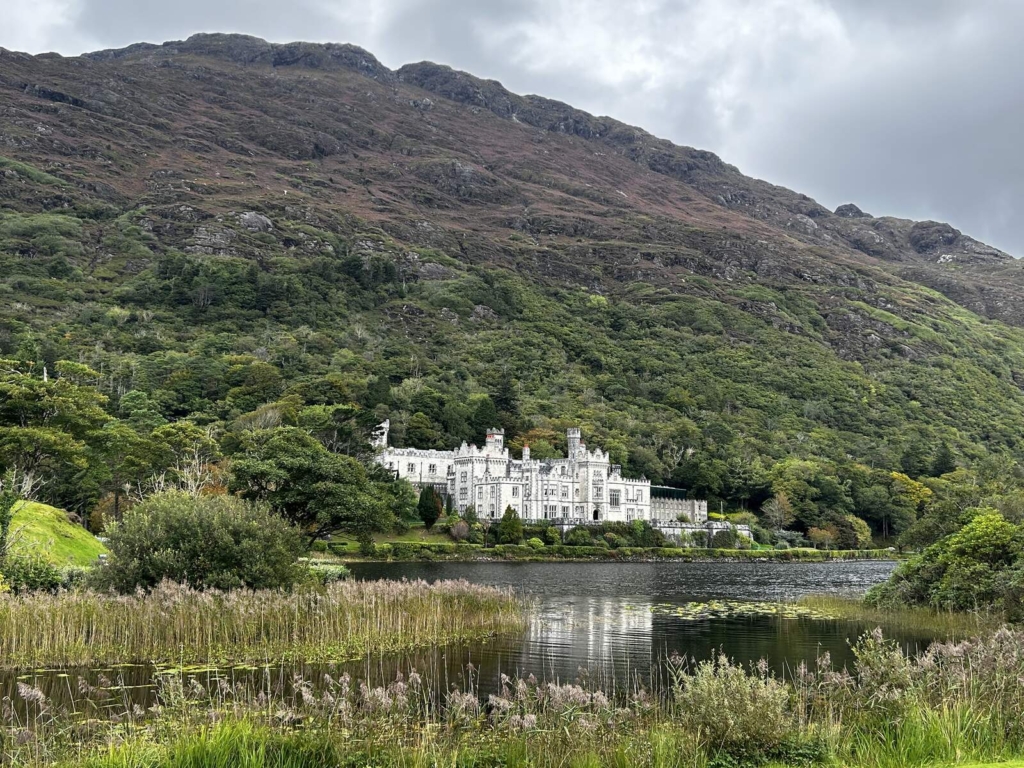
Kylemore Abbey, Co Galway
Ireland in autumn (September, October, November): a golden glow
Autumn in Ireland is a quieter, more reflective experience. The light softens, the crowds thin and the landscapes take on a painterly quality. It’s also your second chance to join our Galway Bay & Cliffs of Moher tour (the very end of August – early September).
September is a secret favourite. The warm days linger on, festivals are still afoot, and the first signs of colour begin to creep into the woods and hedgerows.
October invites storytelling weather: misty mornings, russet leaves and evenings made for peat fires and poetry.
November tends to be quieter and cooler, with shorter days. It’s a good time to visit Ireland for city breaks, culture, and warm hospitality.
Autumn highlights:
- Autumnal colour along the Wild Atlantic Way
- Cosy inns, hearty food and friendly welcomes
- Lower travel costs and a slower pace
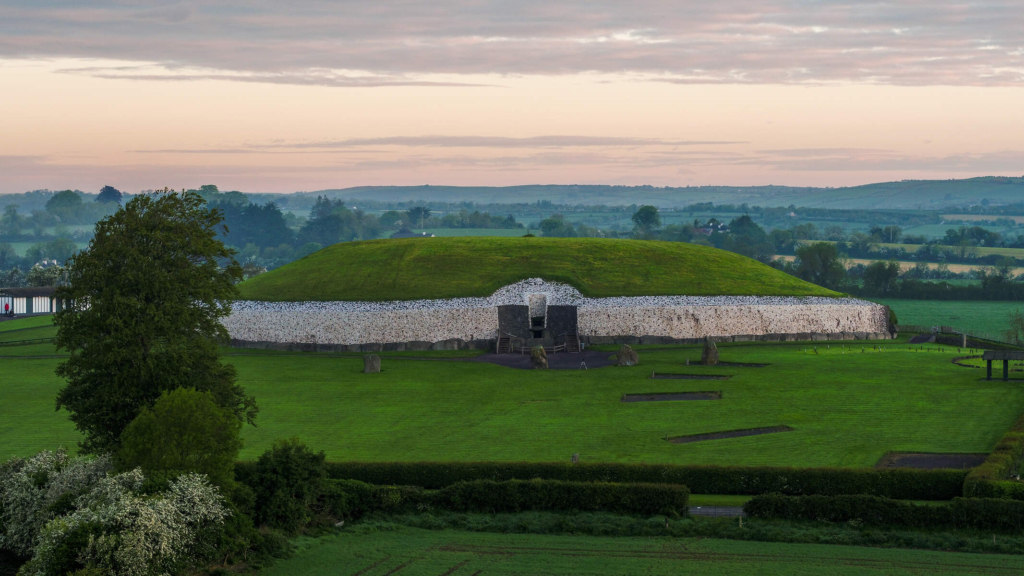
Newgrange World Heritage Site
Ireland in winter (December, January, February): a reflective mood
Ireland’s winters may not be for sunseekers, but they possess a stark beauty. Bare trees reveal ruined abbeys. Stormy seas thunder against the cliffs. And towns glow with festive lights. You can hear traditional Irish music all year round, but there’s something extra-special about watching a session while you warm yourself by fire in a pub in the colder months.
December is magical in the cities, with Christmas markets and fireside cheer.
January is a contemplative time – perfect for slow travel, solo exploration or a peaceful pint in a quiet pub.
February brings snowdrops, early signs of spring and fewer visitors.
Ireland in winter is best for those who travel with curiosity rather than a packed schedule – those who see beauty in a quiet museum, a windswept beach or a geological outcrop glinting with frost.
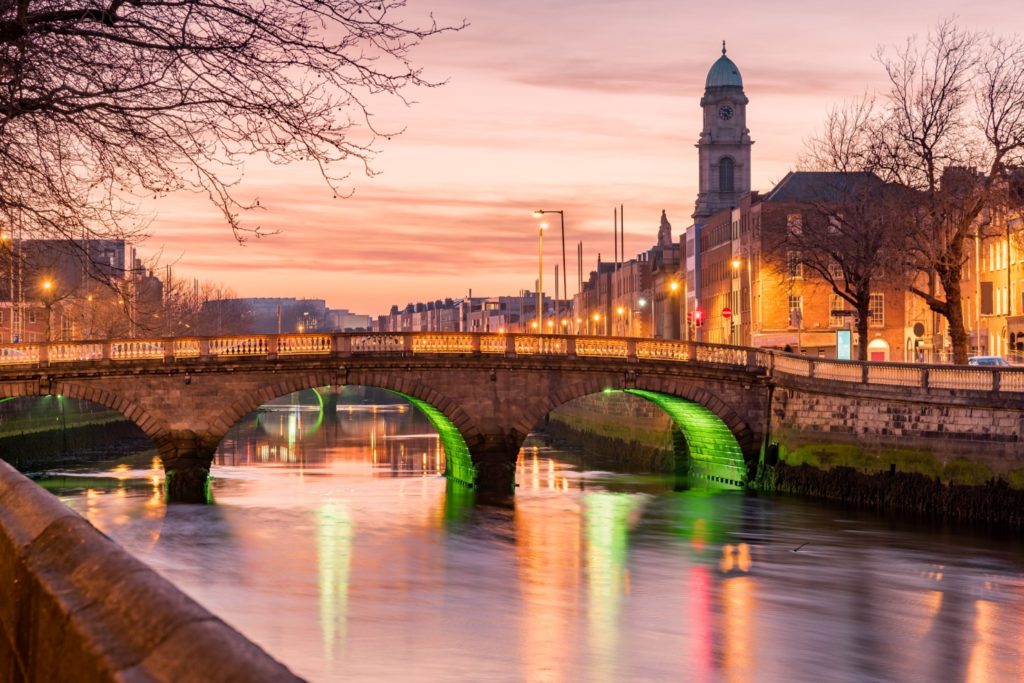
So…when is the best time to visit Ireland?
Truthfully, there’s no wrong time. But for a balance of good weather, fewer crowds and evocative landscapes, we recommend:
- May – for freshness and floral beauty
- July – for lively festivals and long days
- September – for golden light and fewer tourists
And if you’re torn between the best time to visit Ireland and Scotland, we’ve got you covered with this guide to the best time to visit Scotland.
Planning your visit
Our West Ireland tour: Galway Bay & Cliffs of Moher departs in May and again in August/September
Our Highlights of the Wild Atlantic Way tour departs in July
Both offer an expertly guided, small group experience that goes far beyond the surface. Whether you’re into geology, culture, history or just want to experience Ireland’s landscapes in good company – we’ve got a seat for you.